COLORADO SNOW REPORT
Last Updated: January 5, 2026
New snowfall across
Colorado
today, with
Phantom Valley
receiving up to
5” of
new snowfall, raising snowpack levels up to
10”.
Snowpack levels across the state are currently 53% of normal.
The deepest snowpack in Colorado
was last observed at
Tower
with a
snowpack depth of
52”,
about 89%
of normal when compared to it's
58"
average depth for this time of year.
Bison Lake,
perched at an elevation of
10,880 ft.,
is currently experiencing some of the coldest temps in
Colorado
with air temps last recorded at
29 degrees.
More snowfall is expected this week, and areas like
Lost Dog
are forecasted to receive up to
15"
of snowfall in the next 5 days.
Colorado Snowpack Map
Explore real-time snowpack depths across Colorado.
Winter Storm Warnings
January 5 2026
WEST JACKSON AND WEST GRAND ...
ELKHEAD AND PARK MOUNTAINS
PUEBLO COUNTY INCLUDING PUEBLO; HUERFANO ...
WESTERN LAS ANIMAS COUNTY INCLUDING ...
Avalanche Conditions
Colorado Ski Area Forecast
Next 5 Days
-
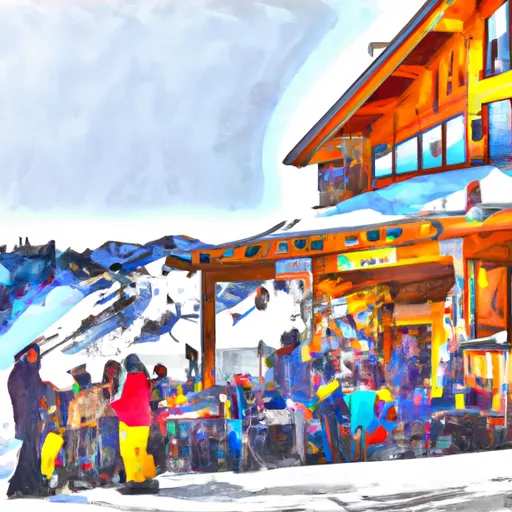 Arapahoe Basin
1"
Arapahoe Basin
1"
-
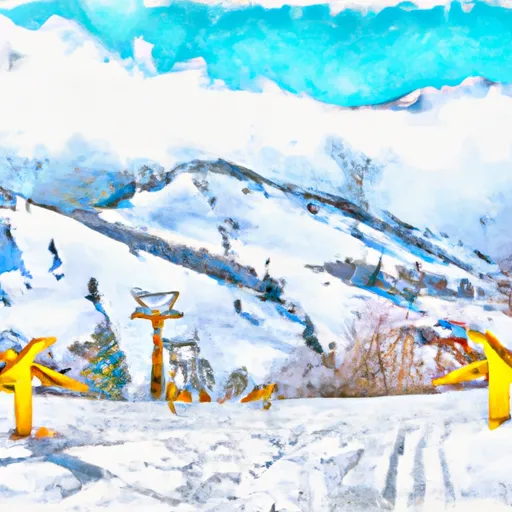 Aspen Highlands
12"
Aspen Highlands
12"
-
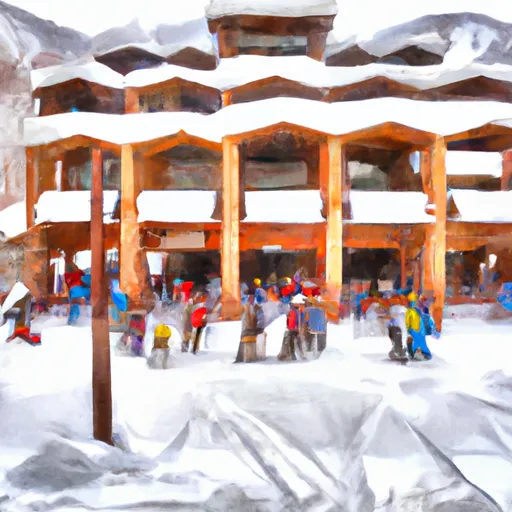 Aspen Mountain
12"
Aspen Mountain
12"
-
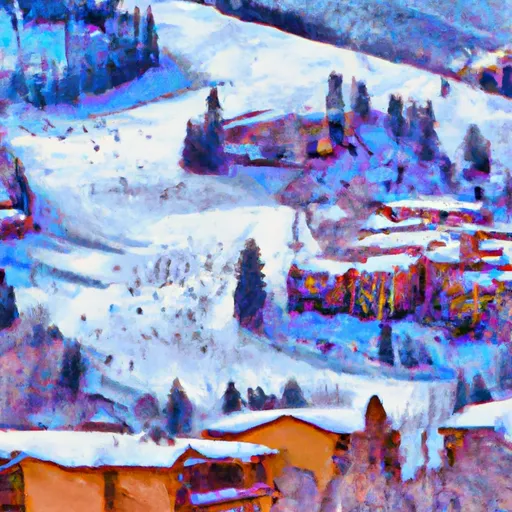 Beaver Creek Resort
12"
Beaver Creek Resort
12"
-
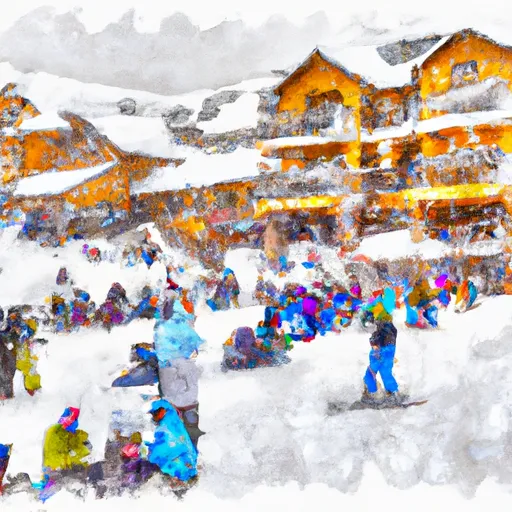 Breckenridge Ski Resort
12"
Breckenridge Ski Resort
12"
-
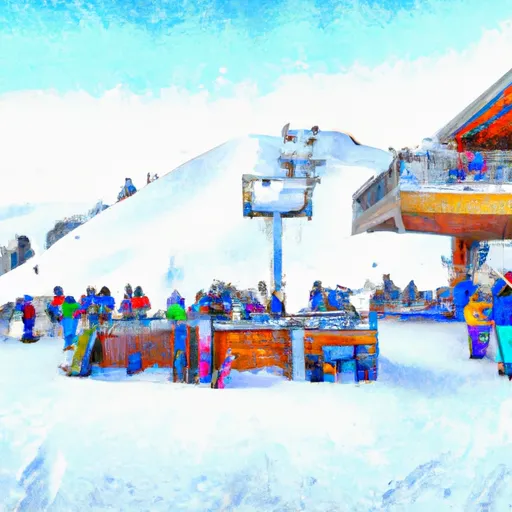 Buttermilk Mountain
12"
Buttermilk Mountain
12"
-
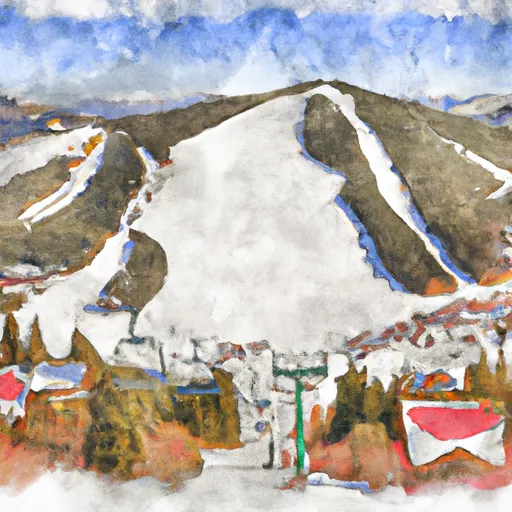 Conquistador Ski Resort
6"
Conquistador Ski Resort
6"
-
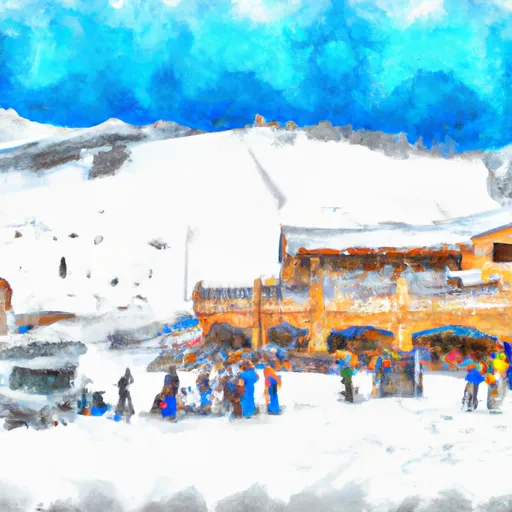 Copper Mountain Resort
12"
Copper Mountain Resort
12"
-
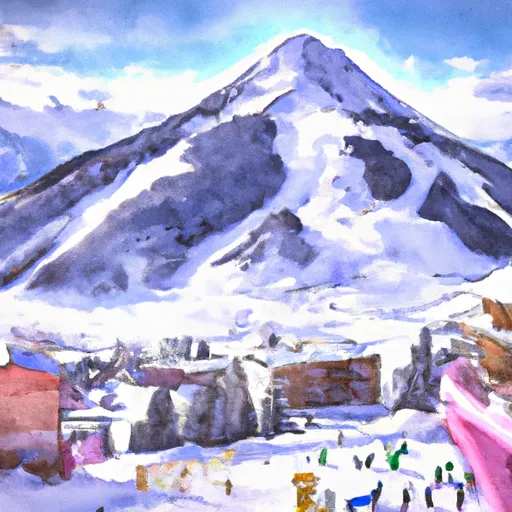 Crested Butte Mountain Resort
12"
Crested Butte Mountain Resort
12"
-
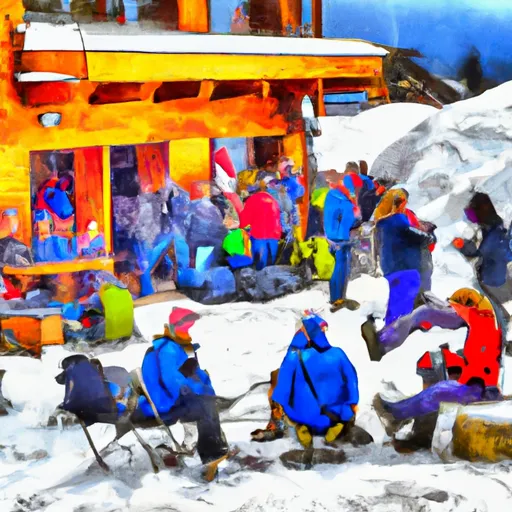 Cuchara Mountain Resort
2"
Cuchara Mountain Resort
2"
-
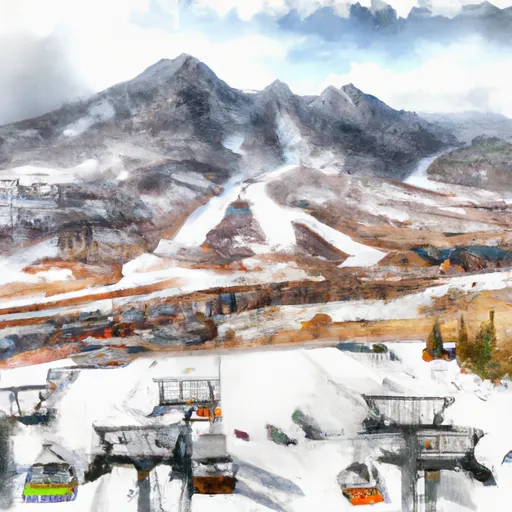 Durango Mountain Resort
6"
Durango Mountain Resort
6"
-
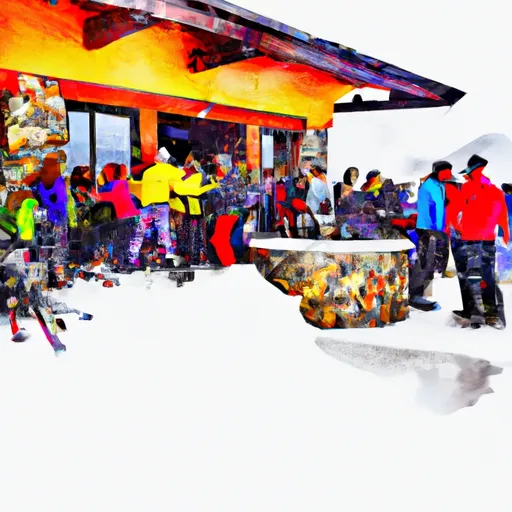 Echo Mountain Park
12"
Echo Mountain Park
12"
-
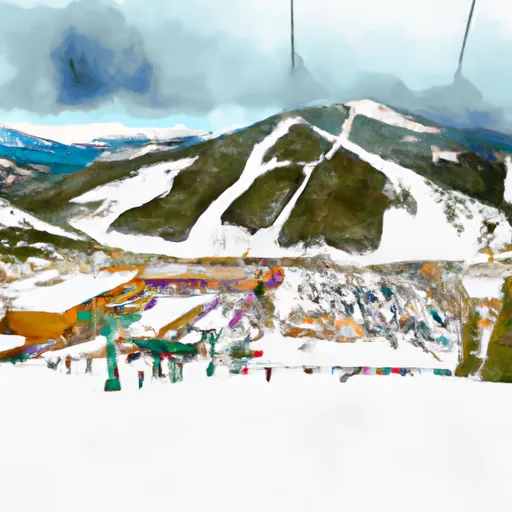 Eldora Mountain Resort
12"
Eldora Mountain Resort
12"
-
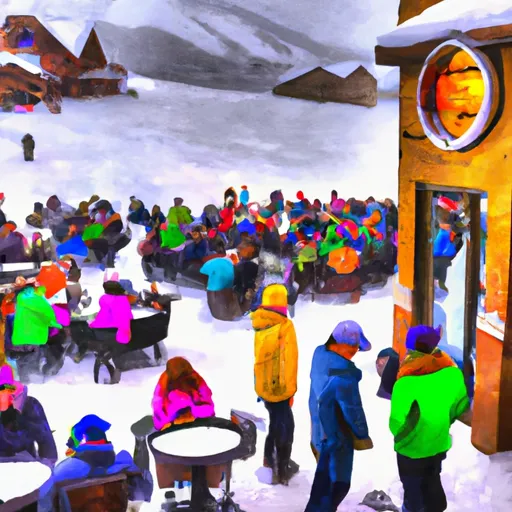 Hesperus Ski Area
6"
Hesperus Ski Area
6"
-
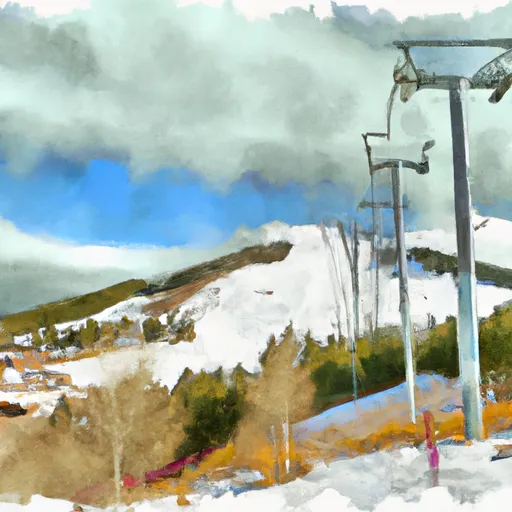 Howelsen Hill Ski Area
12"
Howelsen Hill Ski Area
12"
-
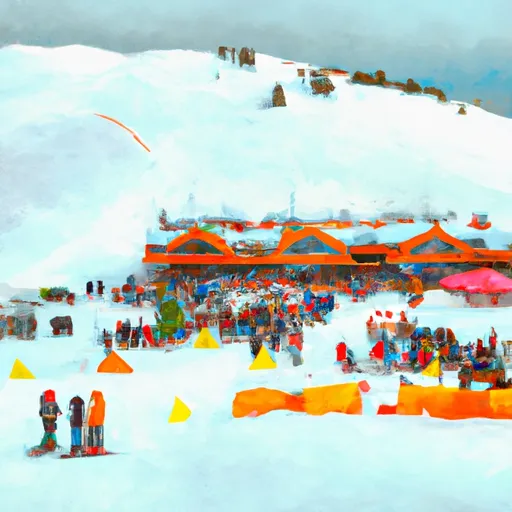 Kendall Mountain
8"
Kendall Mountain
8"
-
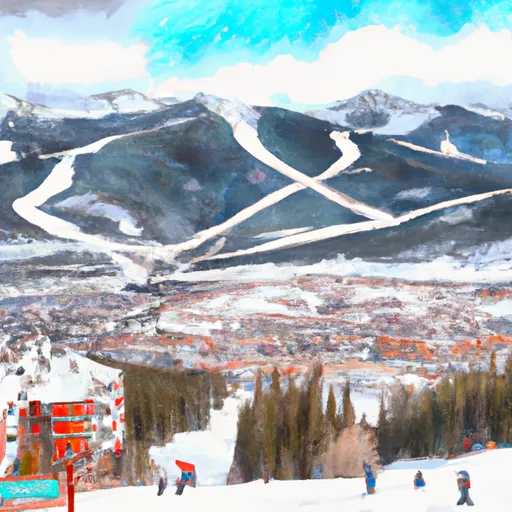 Keystone Resort
12"
Keystone Resort
12"
-
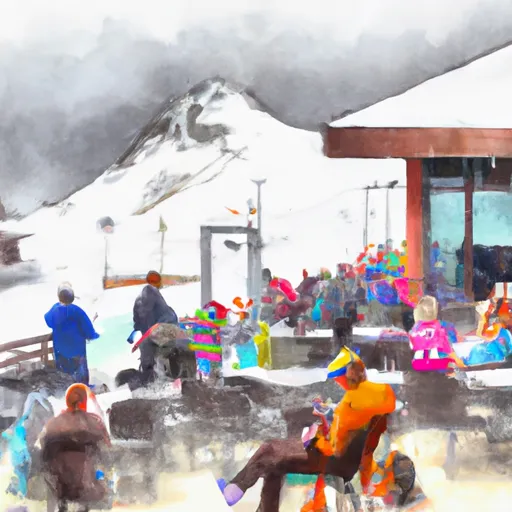 Loveland
12"
Loveland
12"
-
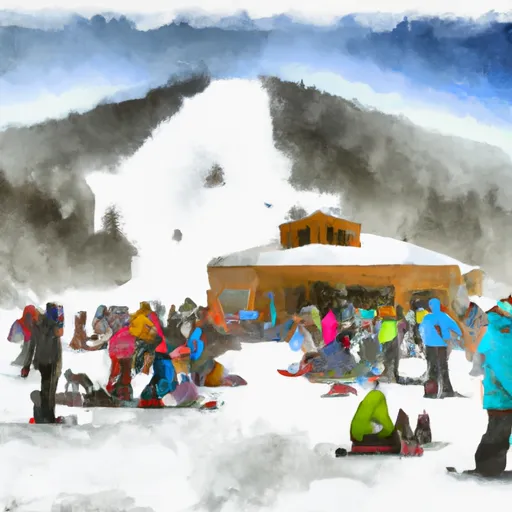 Monarch Ski & Snowboard Area
8"
Monarch Ski & Snowboard Area
8"
-
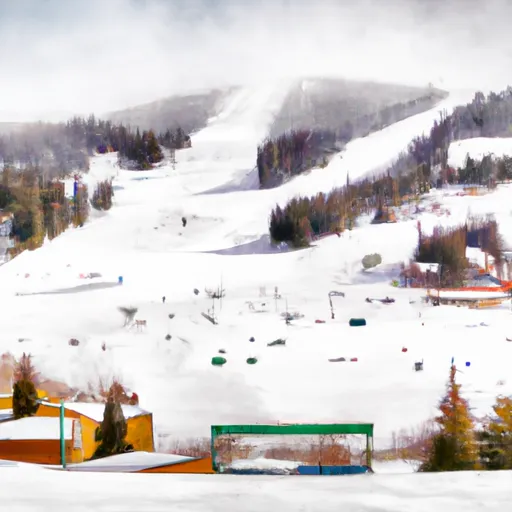 Powderhorn Resort
10"
Powderhorn Resort
10"
-
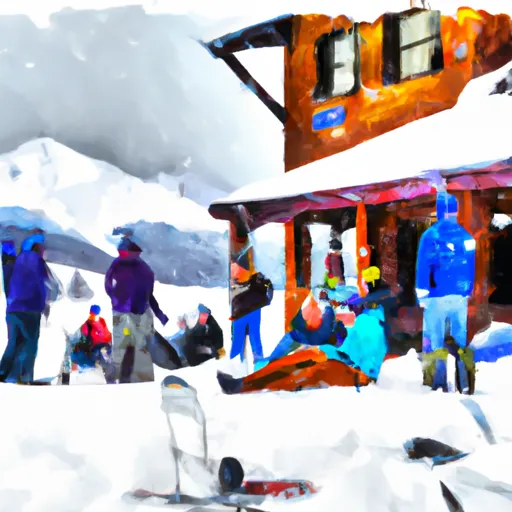 Silverton Mountain
8"
Silverton Mountain
8"
-
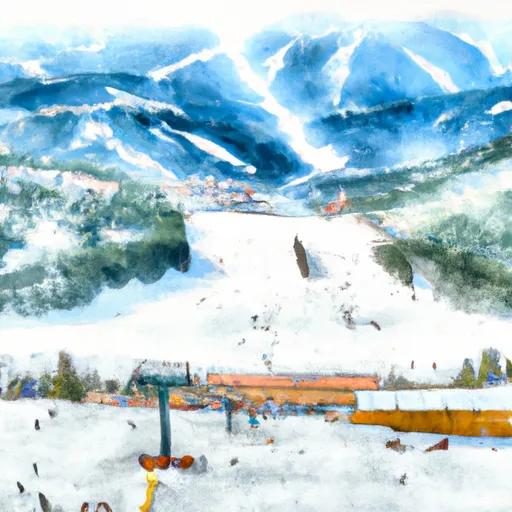 Ski Broadmoor
6"
Ski Broadmoor
6"
-
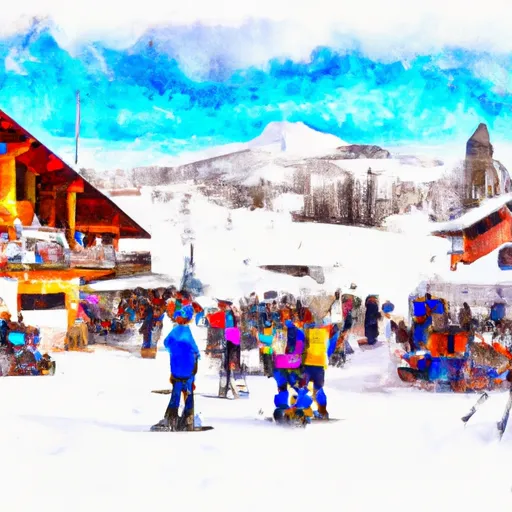 Ski Cooper
12"
Ski Cooper
12"
-
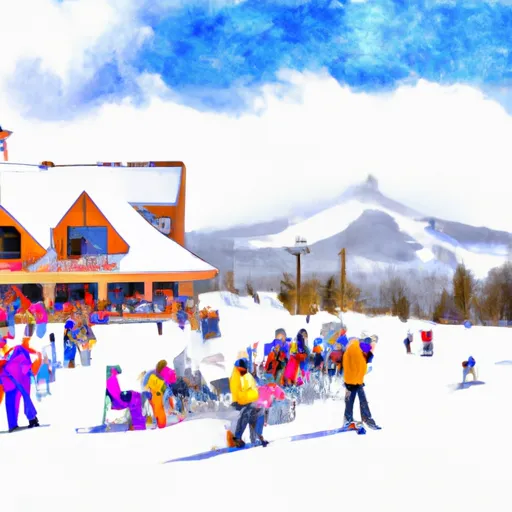 Ski Estes Park (Hidden Valley)
12"
Ski Estes Park (Hidden Valley)
12"
-
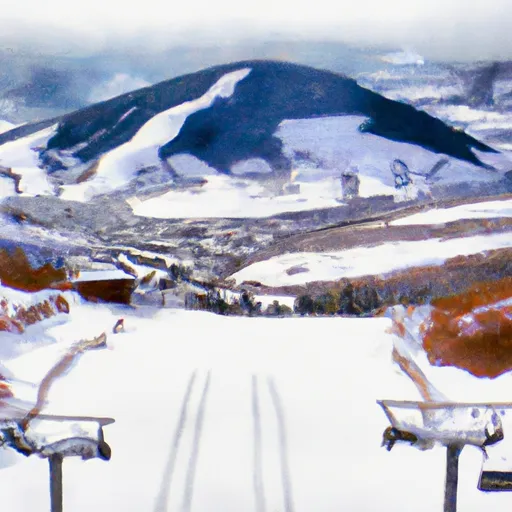 Snowmass
12"
Snowmass
12"
-
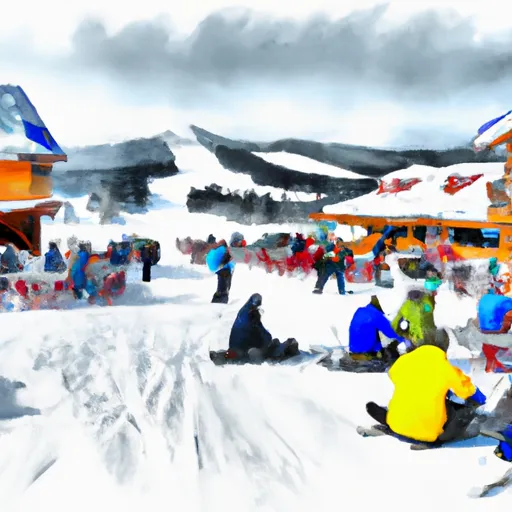 Solvista Basin At Granby Ranch
12"
Solvista Basin At Granby Ranch
12"
-
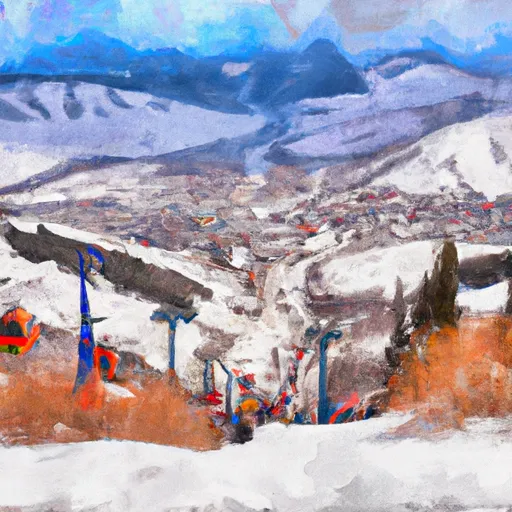 Steamboat Ski Resort
12"
Steamboat Ski Resort
12"
-
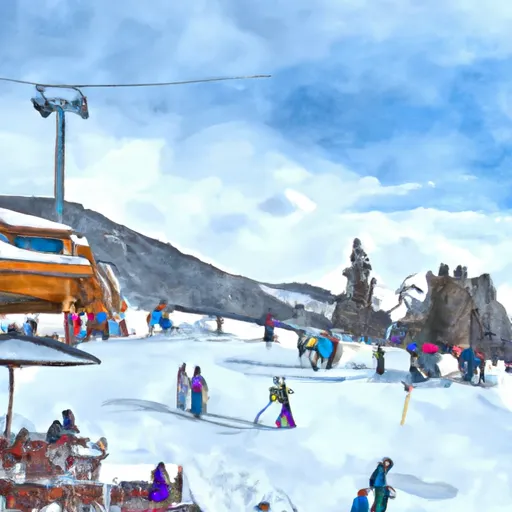 Sunlight Mountain Resort
12"
Sunlight Mountain Resort
12"
-
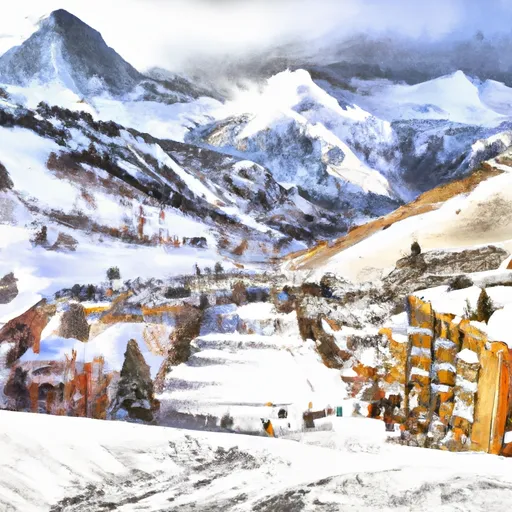 Telluride
8"
Telluride
8"
-
 Vail
12"
Vail
12"
-
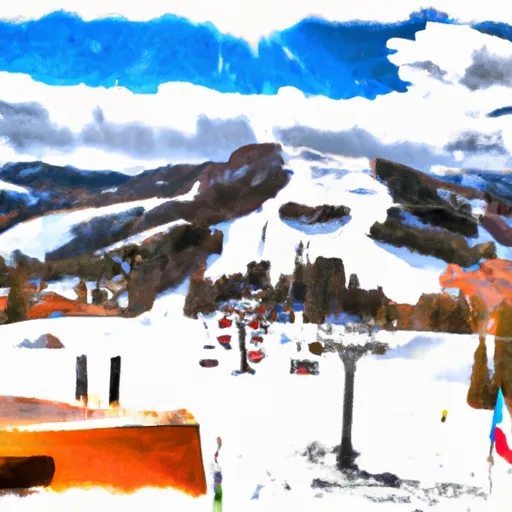 Wolf Creek Ski Area
6"
Wolf Creek Ski Area
6"
Colorado Snow Report FAQs
How often is this report updated?
Daily from SNOTEL and NOAA sources.
What are snowpack levels in Colorado like right now?
Snowpack levels across Colorado are approximately 53.0% of normal compared to previous years.
Where is it coldest in Colorado right now?
Bison Lake is experiencing frigid temperatures of 29°.
Where in Colorado will get the most snowfall this week?
Lost Dog is expected to receive up to 15" of more snowfall over the next 5 days.
Where is the most snow in Colorado today?
Currently at Tower with 52".
